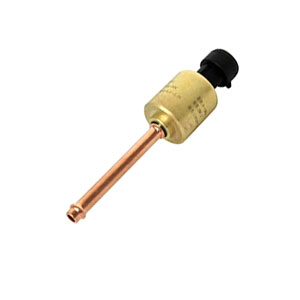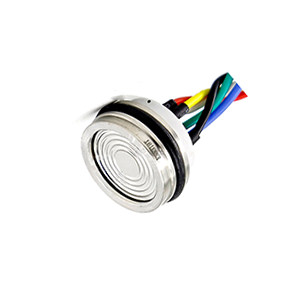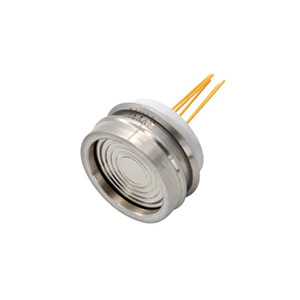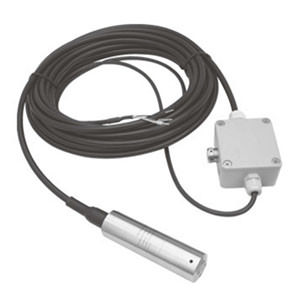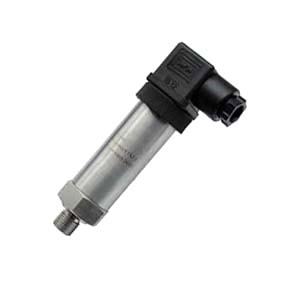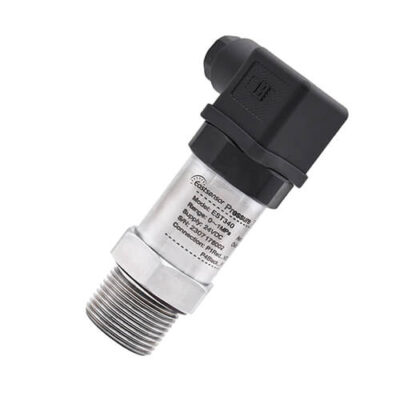What is Diaphragm pressure gauges?
Diaphragm pressure gauges, also called seal gauges, are suitable for low pressure and overpressure measuring conditions.
Diaphragm pressure gauges are used to measure gases and liquids. They cover measuring spans from 10 mbar to 40 bars. The measuring element consists of one circular diaphragm clamped between a pair of flanges. The positive or negative pressure acting on these diaphragms causes deformation of the measuring element. The magnitude of the deformation is proportional to the pressure to be measured, and it is coupled to the pointer mechanism.
Diaphragm pressure gauges are considered as specialists in the process industries. They come into play when Bourdon tube pressure gauges reach the limits of their performance. One of the advantages of diaphragm pressure gauges is the measurement of low pressures.
Diaphragm pressure gauges can be recognized from the first look: From the flanges below the case, between which the elastic pressure element – the diaphragm element – is clamped.
These instruments can measure pressures from as low as 16 mbar, with the maximum value at around 25 bar (for comparison: Bourdon tube gauges reach their lowest physically possible measured value at 600 mbar). The larger the diaphragm element, the lower the measurable pressure is, in accordance with the formula – pressure = force / area.
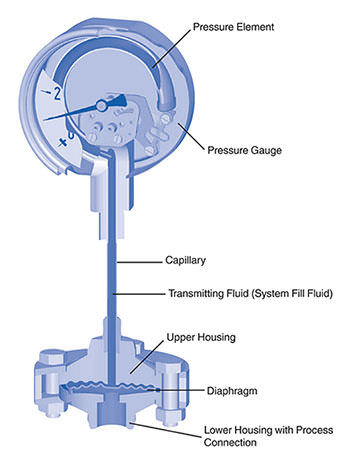
What else do you know about diaphragm pressure gauges
Diaphragm pressure gauges offer a versatile and reliable solution for pressure measurement across a wide range of applications, thanks to their robust design, high accuracy, and compatibility with various process conditions and media.
1. Operating Principle: Diaphragm gauges rely on a flexible diaphragm element that deforms or flexes in response to the applied pressure. This deformation is then translated into a mechanical movement, which drives the pointer or digital display to indicate the pressure reading.
2. Diaphragm Material: The diaphragm is typically made from materials like stainless steel, Inconel, Monel, or other corrosion-resistant alloys, depending on the application and media compatibility requirements. The diaphragm material must be able to withstand the pressures and temperatures encountered while remaining flexible.
3. Pressure Range: Diaphragm gauges are available in a wide range of pressure measurement capabilities, from low vacuum pressures to extremely high pressures, depending on the diaphragm’s thickness and material properties.
4. Accuracy: Diaphragm gauges can provide high accuracy, with typical accuracy ratings ranging from ±0.25% to ±1% of the full-scale value, depending on the quality and design of the gauge.
5. Process Connection: Diaphragm gauges can be fitted with various process connections, such as threaded (NPT or BSPT), flanged, or sanitary connections, to interface with the system or pipeline being monitored.
6. Environmental Resistance: Diaphragm gauges can be designed for different environmental conditions, such as harsh or corrosive atmospheres, high vibration, or extreme temperatures, by incorporating specialized housings, fill fluids, or other protective features.
7. Applications: Diaphragm pressure gauges are widely used in various industries, including chemical processing, oil and gas, water and wastewater treatment, pharmaceuticals, power generation, and many others, where accurate pressure measurement is critical.
8. Maintenance: Diaphragm gauges generally require minimal maintenance, but periodic calibration and inspection are recommended to ensure accurate and reliable performance over time.
How to measuring pressure under 16mbar?
With pressures under 16 mbar, diaphragm pressure gauges hit their limits. For this case, their diaphragms would have to be exceptionally thin in order to achieve the required elasticity.
Then, however, they would no longer remain reliably stable. This problem can be solved, though, with a special variation of the diaphragm pressure gauge: the capsule pressure gauge.
Capsule elements consist of two diaphragms welded together, which are generally loaded with pressure from the inside. This results in a double diaphragm travel.
In this way, even the lowest of pressures can be measured without reducing the wall thickness. However, since the pressure chamber is not self-draining, capsule elements are not suitable for applications with liquid media.
Measuring condition and Media
Diaphragm pressure gauges measure gauge, absolute and differential pressure. In processing industries, they can be installed in applications with highly corrosive, viscous media.
Diaphragm pressure gauges are ideal for these harsh conditions because the media can clog the narrow pressure ports of threaded connections of Bourdon tube instruments as well as the internals of the tube.
To prevent such clogging, diaphragm pressure gauges are connected to the process with an open flange. This configuration provides a large pressure chamber, which prohibits media from settling.
Additional Posts which may be of interest
- Do you really know your pressure sensor accuracy?
- Basic Knowledge You Need to Know about Pressure Gauge
- How to select Pressure Gauge?
- Pressure Switch V.S Pressure Transducer, what’s the difference?
- What is The Difference between Pressure Transducer and Pressure Transmitter?
- Pressure Sensor Technology Comparison
- 10 practices need to considerate before choosing pressure transducer
- What’s the role of smart sensors in Industry 4.0?
- How sensor has been rocking our world?

